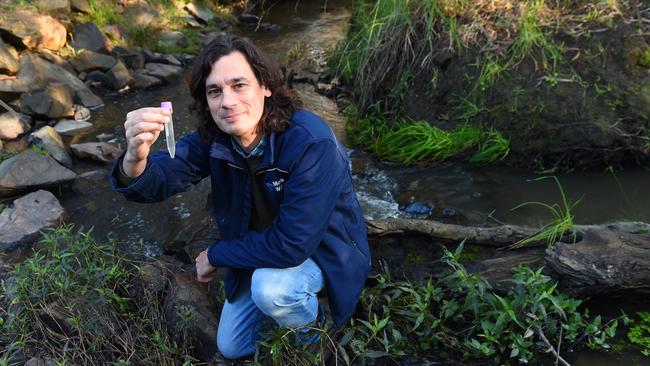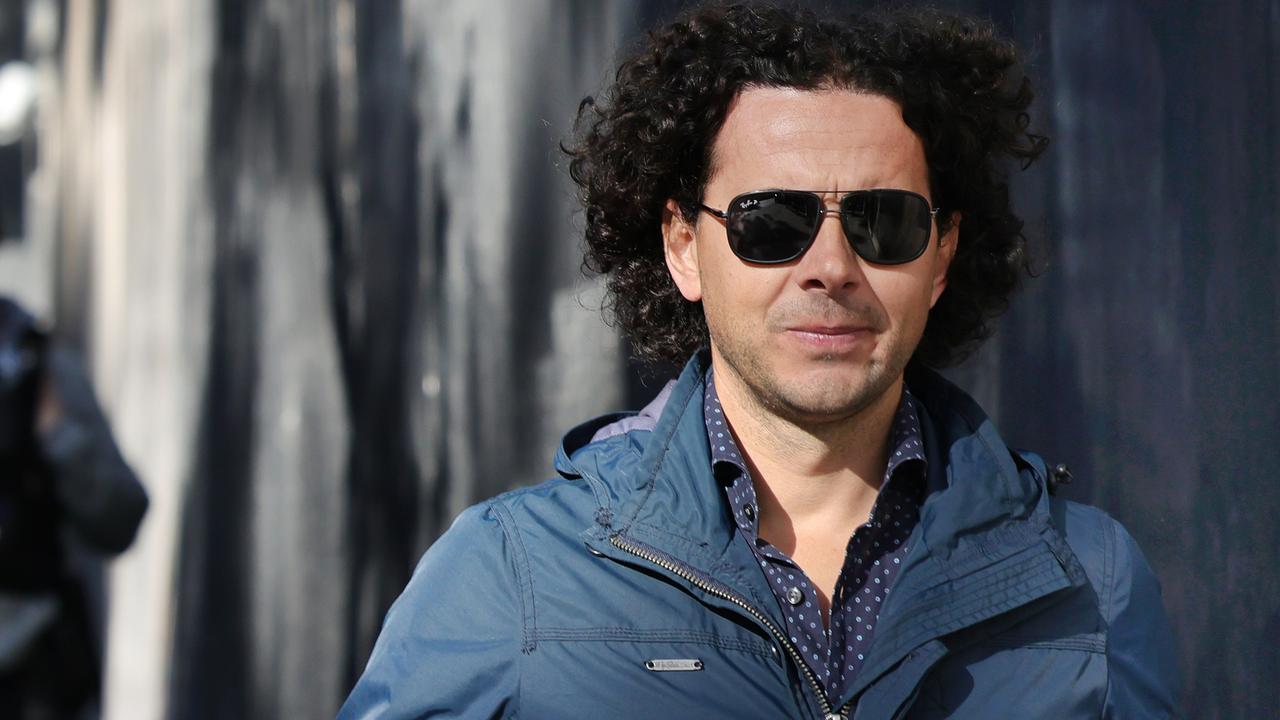EnviroDNA: Scientists use state-of-the-art technology to map region’s biodiversity
Scientists have used groundbreaking technology to map biodiversity in Yarra Ranges waterways. Here are their findings.

East
Don't miss out on the headlines from East . Followed categories will be added to My News.
Scientists have found evidence of threatened species in Yarra Ranges waterways using technology that means they don’t have to trap and tag wildlife.
More than five rare species, including four different types of burrowing crayfish, have been found at about 10 sites across the region by screening water samples from rivers, creeks, wetlands and lakes.
Melbourne Water and EnviroDNA Researchers collected water samples which were screened for animal DNA, with the findings then cross-checked against a database of known species.
The program, Aquablitz, was designed to provide a snapshot of biodiversity across the eastern suburbs.
Melbourne Water research manager Rhys Coleman said finding evidence of the burrowing crayfish was particularly exciting because it was a species that was hard to detect using traditional methods.
“Having a comprehensive picture of where threatened species occur is a critical step in their conservation,” he said.
Dr Coleman said the diverse range of animals detected in the region pointed to the “generally good health of many environments” in the area.
But he said there were still some challenges in the bid to protect threatened species.
“There is a need to capture and treat excess urban stormwater before it enters natural waterways and to prevent chemicals entering stormwater drains,” he said.
MORE: STORES CLOSE AT WESTFIELD KNOX
‘NOT RACIST’: GRAFFITI WON’T BE REMOVED
“We also need to protect and increase natural vegetation along streams and within wetlands.”
Dr Coleman said Aquablitz had been backed by more than five years of research into the new technology.


